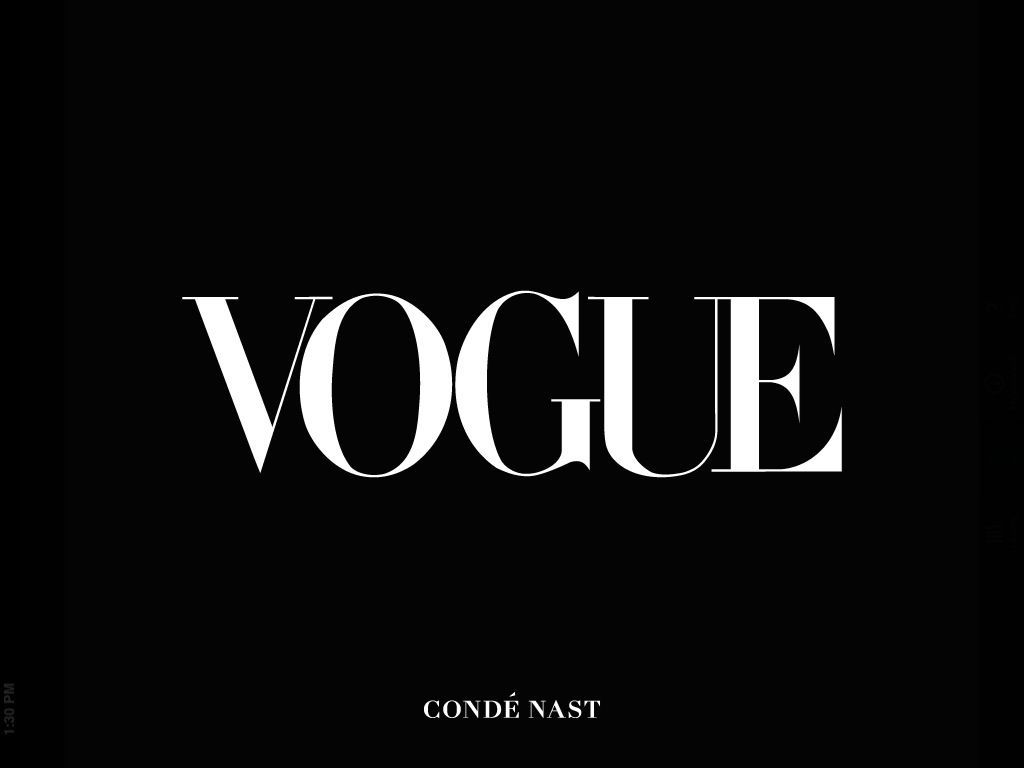What does the future of fashion look like after Covid-19? Let’s face it, the fashion industry has been hit hard by the effects of the coronavirus pandemic. The shutdowns have created unprecedented challenges for the fashion industry, including declining consumer spending and disrupted supply chains. Almost overnight retail stores have closed across Europe, North America, and most of Asia, and with these parts of the world being both the primary fashion producing and consuming regions, the industry has been brought to its knees.
Global fashion brands are closing their stores leading to fewer and in some cases a complete halt in demand for production from brands at the factory level. Factories have already reduced the working hours for employees in response to production slowdowns, concerned about employee retention.
Will things slowly get back to normal, or has this pandemic changed the industry forever?
Current Challenges being faced by Fashion Industry:
Fashion shows cancelled:
The fashion industry has suffered in huge amounts due to the spread of Coronavirus around the world. With the outbreak of the virus, numerous shows and future events had to be postponed or cancelled out altogether. Many Asian editors, buyers, and influencers were noticeably absent from Paris Fashion Week. Europe was hit next with giants of the industry such as Prada, Armani, and Versace all cancelling their shows. The massive change to the industry has led some to declare that fashion shows are no longer even necessary. On top of that, with so many retailers being forced to close, there are hundreds of tons of this season’s clothing just sitting in warehouses, wasting away.
Offline retail:
Offline retail had already seen massive declines in sales and traffic at the start of the crisis—and now both have gone to zero. For many brands, the store closures are coming on the heels of disappointing sales. According to Boston Consulting Group, revenue generated by the fashion industry dropped by more than one-third. Additionally, many fashion brands had to close retail stores. In fact, the world’s second-biggest fashion retailer, H&M, plans to close 250 of its 5,000 stores globally, and the Zara owner already closed over 1,000 retail shops earlier this year.
Luxury Brands hit from every angle:
One of the most striking characteristics of a luxury consumer is that the buying decision is often based on emotions rather than rational decision-making. The corona-crisis has made consumers more mindful of their purchases and seek brands that reflect their values and beliefs. Consumers fear contagion in the luxury retail space, whilst others see little point in buying personal luxury goods, such as leather goods, apparel and footwear, timepieces or jewelry.
 Future Trends: Fashion Retail in 2021 & Beyond:
Future Trends: Fashion Retail in 2021 & Beyond:
How can we bounce back stronger than ever? A look at the evolution of the fashion industry and where technology
Online Shopping:
E-commerce is now an essential tool for the fashion industry. E-commerce portals have boosted sales of regional apparel. Online shopping trends will strengthen, and brands will focus on leveraging technologies to provide a seamless virtual shopping experience. When purchasing products online, consumers would not be tired of participating in traffic, looking for a parking lot, and waiting for the payment and most importantly maintaining social distance.
Digital technologies:
The fashion industry is undergoing largescale changes as a direct result of the rise of technology and its impact on consumer behavior and must adapt. Digital transformation is how brand and reputation can be protected in an uncertain and complex environment. The adoption of digital technologies across industries would address multiple challenges and strengthen several aspects of the industry, including strengthening the supply chain and distribution network, accelerating digital marketing activities, directing sales, forecasting sales and revenue, and extending to consumers an exceptional shopping experience.
Automation:
Automation or the creation of technology systems that eliminate the need for humans to perform certain tasks — is set to transform the global economy. Today's world is known as an era of technical evolution, where most of the manual works are being replaced by automated and semi-automated machines. The automation methods such as using sales CRM software, which can automate repetitive tasks like scheduling follow-up emails to prospects and leads over time, are being adopted. Today, robots are essential to the operation of most distribution centers, making the pick-and-ship process more seamless and efficient than ever before with far fewer human employees. The sudden sharp increase in demand for contact-free interactions is converging with advancements in robotics to enable a new breed of automated e-commerce in real life.
Rise of Artificial Intelligence:
Change right now is the only constant, and the world is always changing. With in-store shopping being heavily restricted, fashion brands will have to make their online stores and the shopping experience they offer customers as approachable as possible. According to Gartner Senior Director and Analyst Brian Manusama, about 25 percent of companies are planning to deploy AI technology like chatbots in the next 12 months. With people spending more time online, much of the action will be online. It will provide brands to capture more mind space for the customers. Fashion brands and data aggregators would be receiving huge volumes of data and insights into customer preference.
The fashion and beauty industries are busy looking at how augmented and virtual reality can transform our shopping habits and make clothing more fun. This shift won’t happen in a week, but customers can already try out a new look using special tools or attend extravagant events simply by putting on a VR headset. By using AR technology in the store, brands can allow customers to access any apparel through digital media while VR technology would help the users try outfits virtually. In addition to brand experience and customer satisfaction, the technologies will also help in reducing the number of return cases.
What’s Next? High-Tech Fashion Trends To Watch:
Thinking about the future of trend forecasting, how will it look in a post-Covid world. Here are some High tech fashion trends coming soon:
- Wearable tech: Jewellery, apparel, & footwear
- Virtual fashion
- 3D scanning in the apparel industry
- Novel fabrics
- Synthetic media
- Cryptocurrencies
- Livestreaming and mining social media
- Closing thoughts
Technology is constantly evolving which we assume can make forecasters work mode more approachable and sustainable from research, communication, and sampling meaning there would be no need to travel as much. They would be prepared for the future to work remotely and confidently, becoming more resilient as an industry, and feeling more secure if another similar situation arises.








 Future Trends: Fashion Retail in 2021 & Beyond:
Future Trends: Fashion Retail in 2021 & Beyond:


Leave a Reply